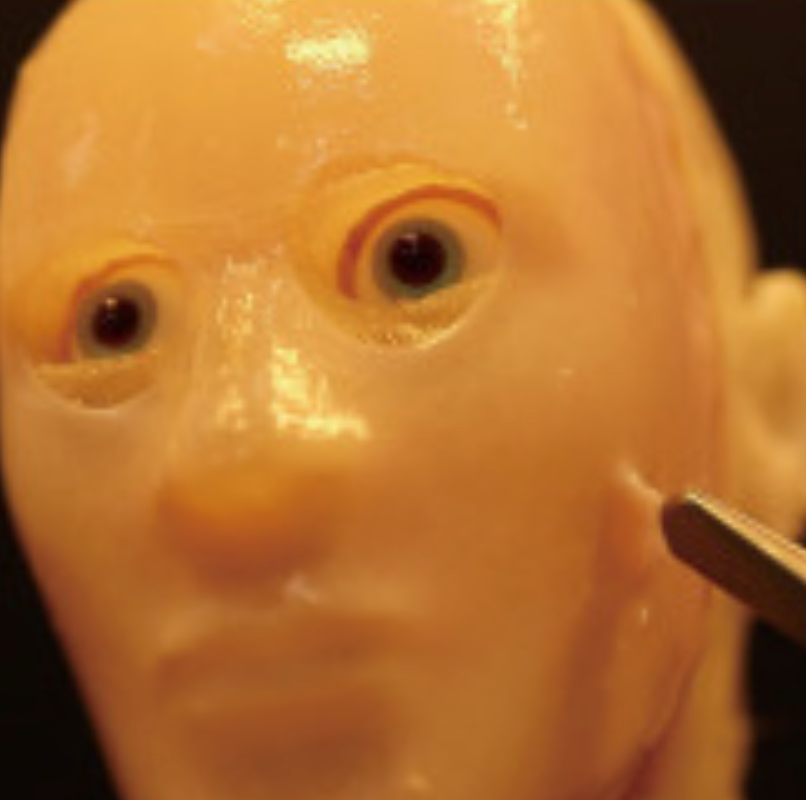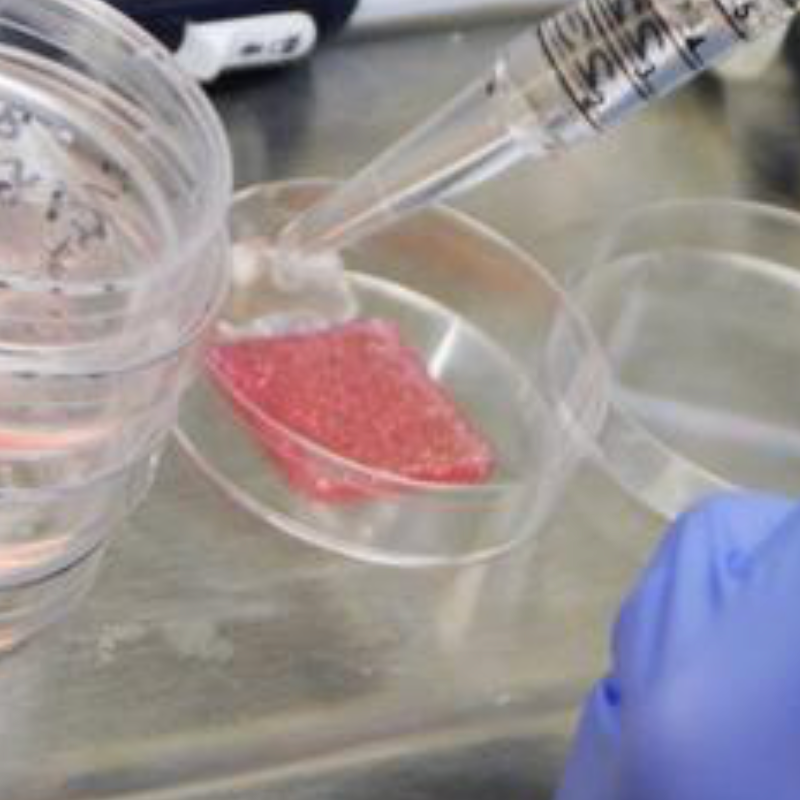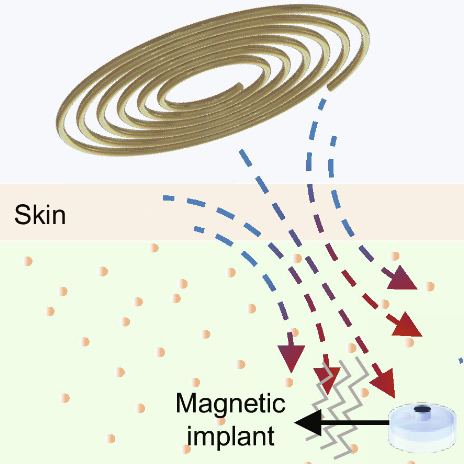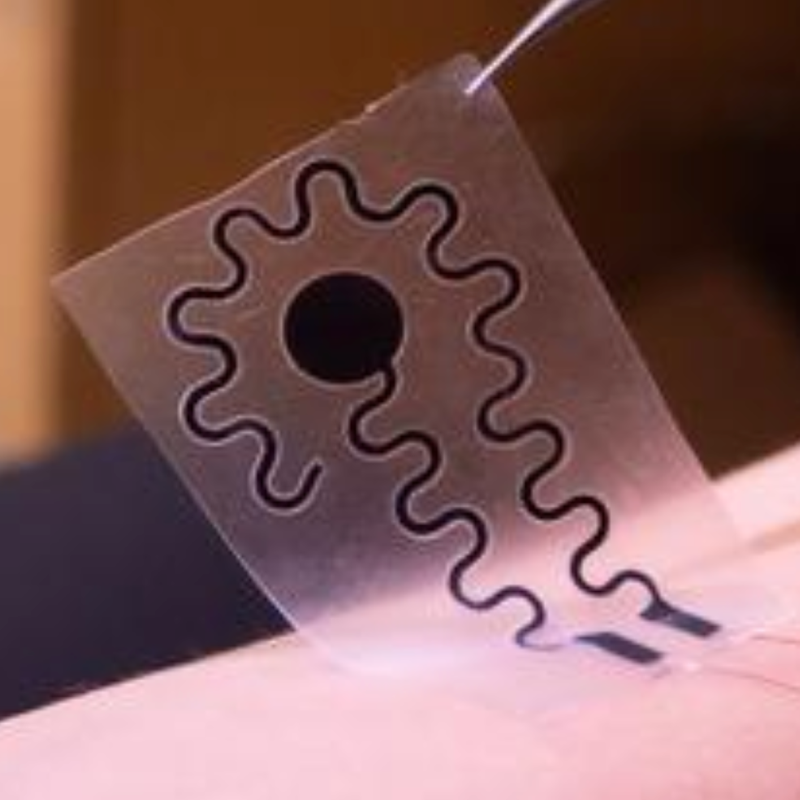New skin patch could help you control a robotic exoskeleton
Feb. 01, 2024.
2 min. read
3 Interactions
Help for people with mobility issues and for doctors diagnosing neurological illnesses
A wearable, stretchy patch could help people with mobility issues move robotic arms or legs or could assist doctors in diagnosing neurological illnesses.
The size of a BandAid, the patch sticks to your skin and picks up tiny electric signals from human muscles. In lab experiments, researchers at the Korea Advanced Institute of Science and Technology (KAIST) and the Unversity of Colorado Boulder showed that humans could use these devices to efficiently operate robotic exoskeletons (machines that mimic, and even enhance, the power of human muscles and bones). They described the new “microneedle adhesive patch” (SNAP) this month in the journal Science Advances (open access).
Microneedles
SNAP is an array of about 144 “microneedles” made of silicon coated with gold and are less than a hundredth of an inch long, making the mircroneedles hard to see with the naked eye. The microneedles only enter the top layer of your skin and aren’t long enough to reach the body’s pain sensors.
Every time you bend your arm, twist your back or even twitch a finger, currents run along your muscle fibers. Doctors typically monitor these electromyography (EMG) signals using gel electrodes that stick onto your skin. The problem: the gel dries up over time and the electrodes often slide around, resulting in poor data.
A better EMG sensor
The researchers set out to design an EMG sensor that could function almost like a part of your body. The team’s SNAP devices are self-contained machines made of a stretchy, polymer base. They incorporate stretchable serpentine wires fabricated out of ultrathin metal.
To test out those possibilities, the researchers ran a series of experiments in their lab in which they asked people to take on an everyday task: lifting a heavy weight from the floor. In this case, the humans had a little help. They strapped on a machine that looks a bit like a knapsack and provides a robotic boost for the lower back.
Less muscle power needed
Some of the subjects also wore SNAP devices just above their glute muscles. When the patches detected that the subjects were flexing their muscles during lifting, the devices sent a wireless signal to the robotic backpacks to begin moving. Humans wearing the patches, the team reported, used an average of 18% less muscle power while lifting than subjects who were using the robotic exoskeleton on its own.
The researchers still have a lot of work to do before their patches make it into the real world. For a start, they need to test the tools with other kinds of exoskeleton machines.
Citation: Kim, H., Lee, J., Heo, U., Jayashankar, D. K., Agno, C., Kim, Y., Kim, C. Y., Oh, Y., Byun, H., Choi, B., Jeong, H., Yeo, H., Li, Z., Park, S., Xiao, J., Kim, J., & Jeong, W. (2024). Skin preparation–free, stretchable microneedle adhesive patches for reliable electrophysiological sensing and exoskeleton robot control. Science Advances. https://www.science.org/doi/10.1126/sciadv.adk5260 (open access)
Let us know your thoughts! Sign up for a Mindplex account now, join our Telegram, or follow us on Twitter.

.png)

.png)


.png)





0 Comments
0 thoughts on “New skin patch could help you control a robotic exoskeleton”